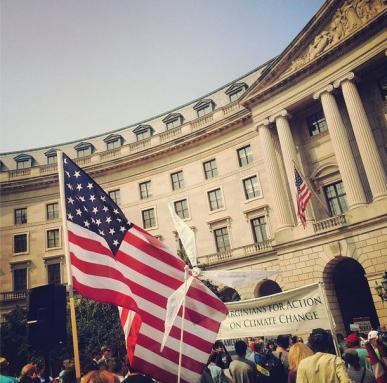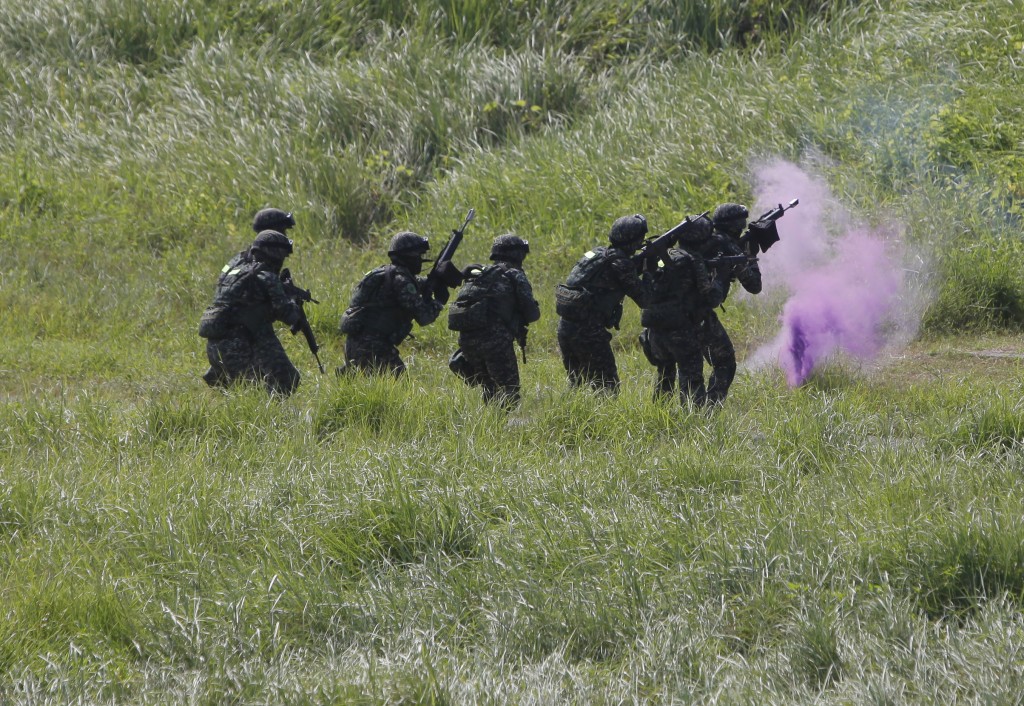In a succinct memorandum issued on January 29, 2015, the U.S. Environmental Protection Agency (EPA) and the Army Corps of Engineers (Corps) formally withdrew the proposed “Waters of the United States” rule. Signed on March 25, 2015, and published in the Federal Register on April 21, 2014, (79 Fed. Reg. 22187) the proposal sought to interpret and clarify the waters of the United States subject to Clean Water Act (CWA) jurisdiction, particularly with respect to farming practices over which EPA may exert CWA jurisdiction.
Clean Water Act
EPA And Army Corps Withdraw Proposed Waters Of The United States Rule
By Christopher Bryant | Bergeson & Campbell, P.C.Sign up and get Breaking Energy news in your inbox.
We will never sell or share your information without your consent. See our privacy policy.This is the third in a series of six Q&As with Baker Botts partners addressing the most significant developments in their practice areas this year, as well as their outlook for 2015. The Q&As will be posted throughout the remainder of the year.
Bill Bumpers is Head of the Global Climate Change practice group at Baker Botts. His practice focuses on the Clean Air Act and climate change issues.
BP is preparing for a legal decision in January regarding the company’s penalty under the Clean Water Act for oil spilled as a result of the Macondo well blowout and tragic Deepwater Horizon accident that occurred in the Gulf of Mexico 2010. BP is seeking to cap the amount of the civil penalty at $12.3… Keep reading →
EPA Draft Ruling Could Mean Significant Changes to How Stormwater Systems are Categorized
By Shawn Hagerty, Andre Monette | Best Best & Krieger LLPThe last thing that public agency leaders want to hear is that looming changes may make operating and building new public infrastructure more challenging and expensive. Unfortunately, proposed changes by the Environmental Protection Agency to the Clean Water Act could ultimately stop, delay or increase the cost of public projects.
The federal Clean Water Act establishes the basic structure for regulating discharges of pollutants into the waters of the United States and regulating the quality of those waters. The pending changes, if adopted, could greatly expand the jurisdictional reach of the CWA and change how municipal stormwater systems are categorized.
Trial Judge Concludes The Deepwater Horizon Spill Caused By BP’s Gross Negligence And Willful Misconduct
By Jeanne Grasso, John Kimball, Gregory Linsin, Jonathan Waldron, Alan Weigel | Blank Rome LLPMaritime
New Development
On September 4, 2014 the federal district judge overseeing the multidistrict litigation resulting from the Deepwater Horizon oil spill issued long-awaited rulings as to liability. The court concluded that BP is subject to enhanced civil penalties under the Clean Water Act (“CWA”) because the discharge of oil was the result of the company’s “gross negligence” and “willful misconduct.”
Action Items: In light of this ruling, offshore leaseholders, operators, and contractors will likely be held to an increased standard of care because the severity of the potential harm from a well blowout, explosion, and oil spill is great. Accordingly, leaseholders, operators, and contractors in the offshore industries should review their safety and environmental compliance policies and procedures to ensure they meet or exceed the high standard of care that may be applied to complex, high-risk drilling operations.
Background
Following the Deepwater Horizon oil spill on April 20, 2010, multidistrict litigation was consolidated in the district court in New Orleans, Louisiana. The current trial, which involves two key cases filed against BP and the other entities involved in the drilling of the Macondo well, is being heard by the court without a jury pursuant to the court’s admiralty jurisdiction.
The consolidated trial’s first phase in early 2013 was to determine the liability of BP, Transocean, Halliburton, and other companies, and to assess, for the purposes of penalty calculation, whether the companies acted with gross negligence and willful misconduct with respect to the loss of well control and the resulting explosion, fire, and sinking of the rig.
The trial’s second phase, which occurred during the fall of 2013, addressed the post-incident efforts to control the spill and the quantity of oil that spilled into the Gulf of Mexico. The judge has not yet issued a ruling with respect to the issues presented in the second phase. The third phase, which is scheduled to begin in January 2015, will focus on all other liability issues arising from the oil spill cleanup, including containment issues and the use of dispersants.
The United States District Court for the Eastern District of Louisiana found BP was grossly negligent with regard to the accident and its activities in conjunction with the Macondo well in the Gulf of Mexico. BP said it “strongly disagrees” with the finding and will immediately appeal. The number of barrels spilled remains in question and… Keep reading →
A federal appeals court has ruled that the EPA and Army Corps of Engineers acted within their statutory authority in adopting coal mining permitting policies to address water contamination. On July 11, 2014, the Court of Appeals for the District of Columbia Circuit upheld the Environmental Protection Agency’s (EPA) policies aimed to address water contamination… Keep reading →
BP and the US federal government are at odds over how much oil was actually spilled into the Gulf of Mexico as a result of the Deepwater Horizon incident in 2010: BP says 2.45 million barrels, the US government says 4.2 MM bbl. “Clean Water Act fines…range from a maximum of $1,100 for every barrel… Keep reading →
Alaska Governor Sean Parnell is “outraged” by reports of intimidation and needless show of force by Department of Environmental Conservation, the Bureau of Land Management and the state Department of Environmental Conservation who wore body armor to investigate a potential Clean Water Act violation, according to a statement released yesterday. “A State DEC Environmental investigator… Keep reading →







